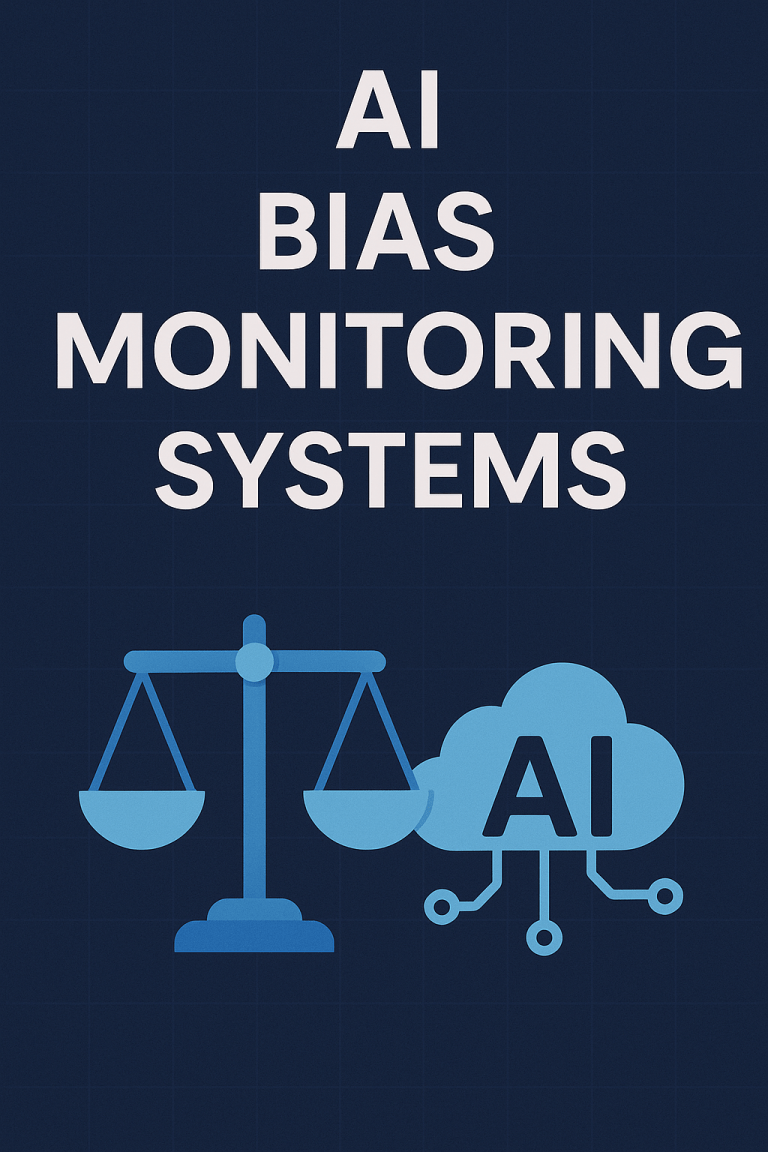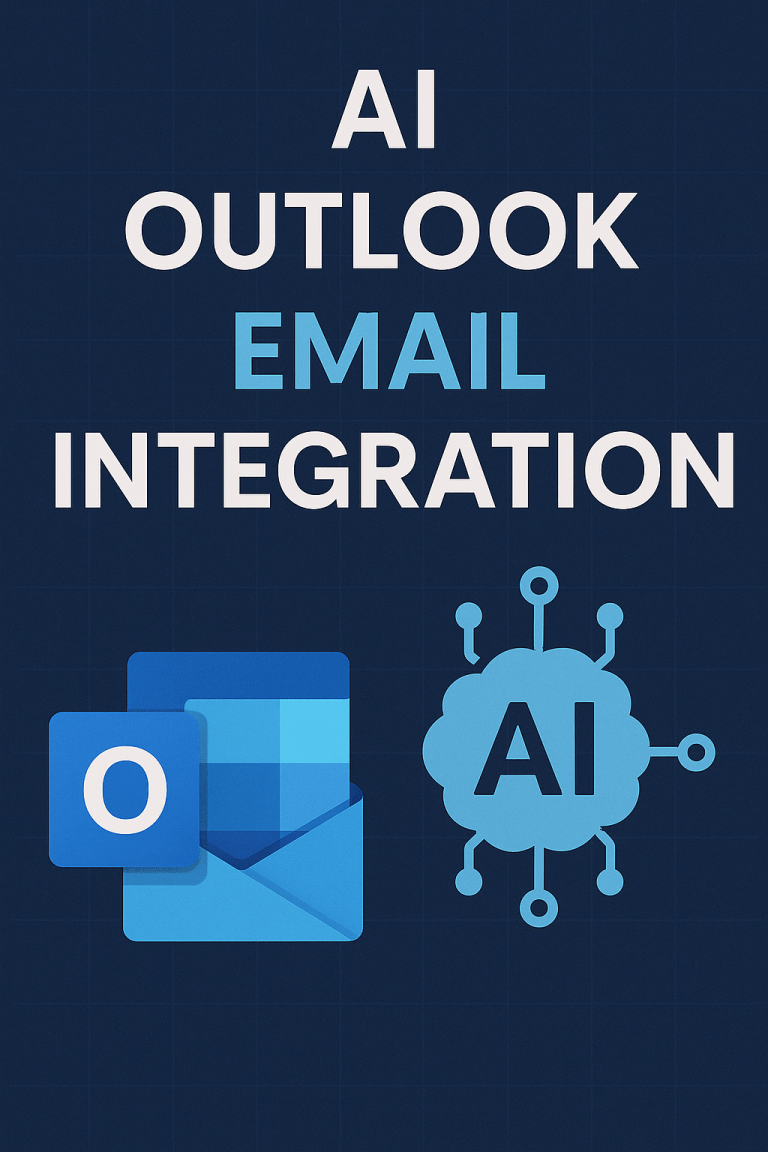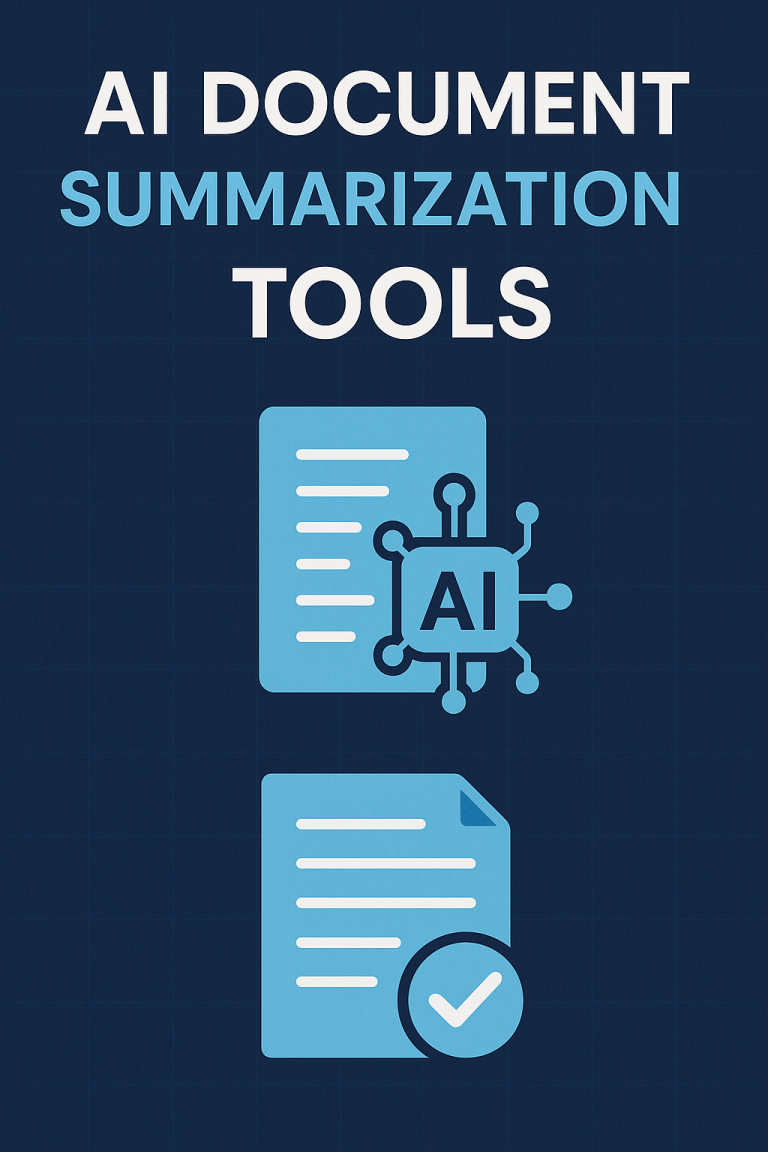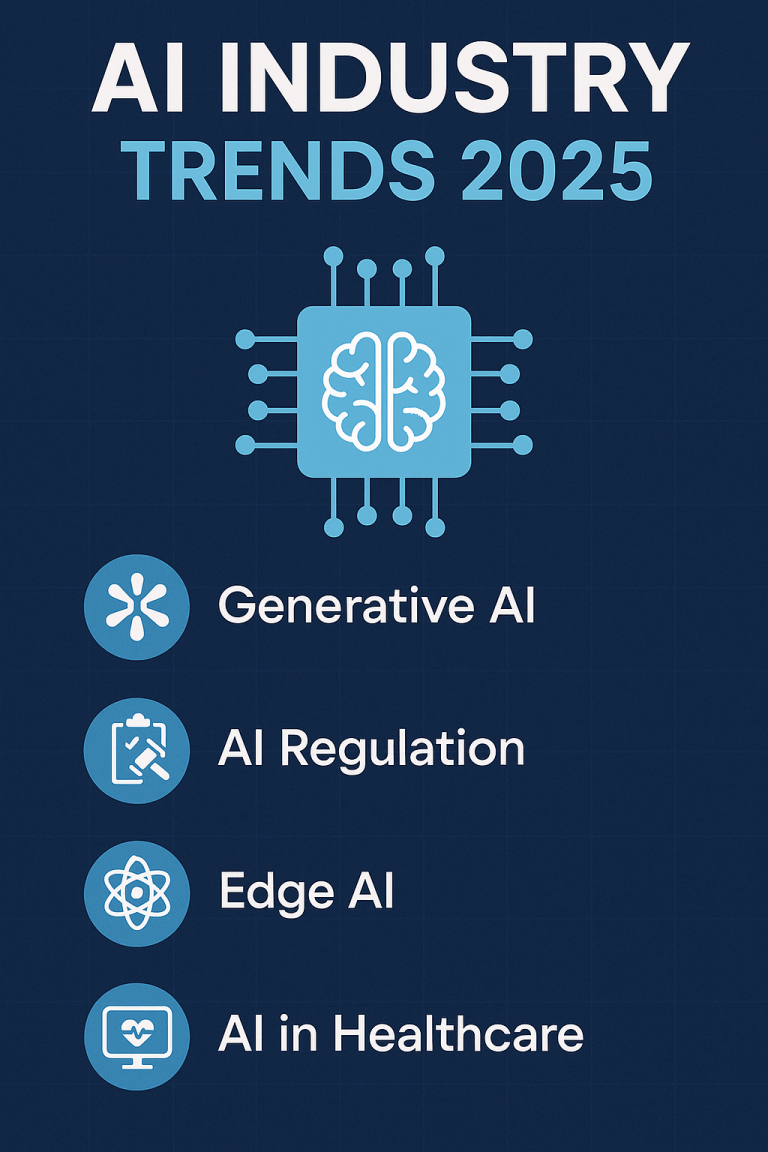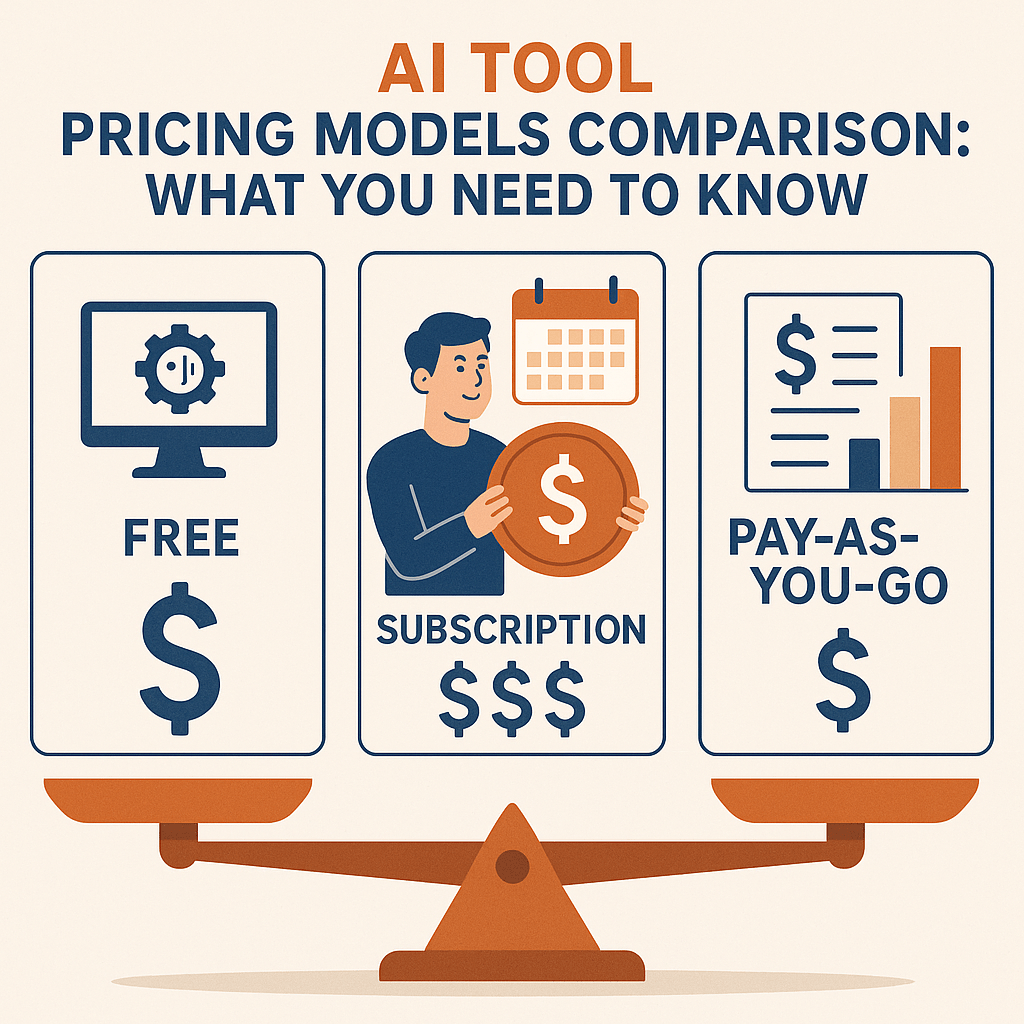
What Are The Main AI Tool Pricing Approaches?
AI tools power everything from content creation to data analysis, but their value depends heavily on how they’re priced. Different pricing models can make the same tool a bargain or a budget-buster depending on your usage patterns.
Let’s break down the most common AI pricing models and help you find the perfect match for your needs.
Six Common AI Tool Pricing Models
1. Free Tier with Limitations
What it is: Basic access to AI tools with restricted features, outputs, or usage caps.
How it works: You get limited functionality at no cost, with paid upgrades for additional capabilities.
Example limitations include:
- Maximum of 10 queries per day
- Limited output length (250 words maximum)
- Basic features only
- Watermarks on generated content
- No commercial usage rights
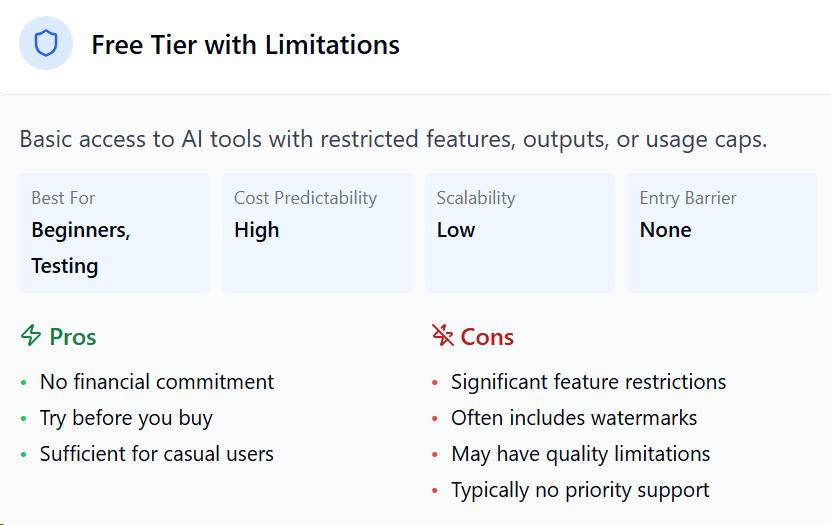
2. Subscription-Based Models
What it is: Regular payments (monthly or annually) for consistent access to AI tools.
How it works: Pay a fixed fee for a set period and receive a predetermined package of features and usage allowances.
Common tiers include:
- Personal/Individual ($10-30/month)
- Professional ($30-100/month)
- Enterprise ($100-1000+/month)
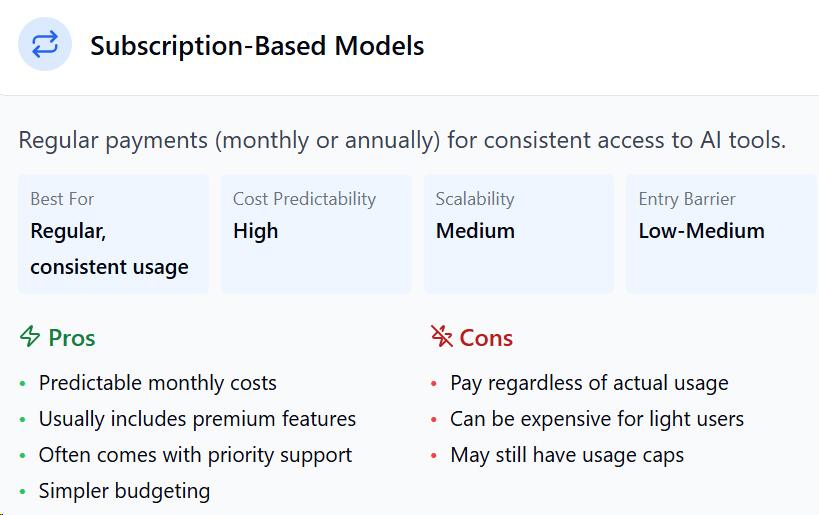
3. Pay-As-You-Go/Usage-Based
What it is: Payment only for actual usage of the AI tool.
How it works: Charges accrue based on specific metrics like processing time, number of operations, or data volume.
Typical metrics include:
- CPU/GPU hours consumed
- Data processed (GB)
- Minutes of audio transcribed
- Number of images generated
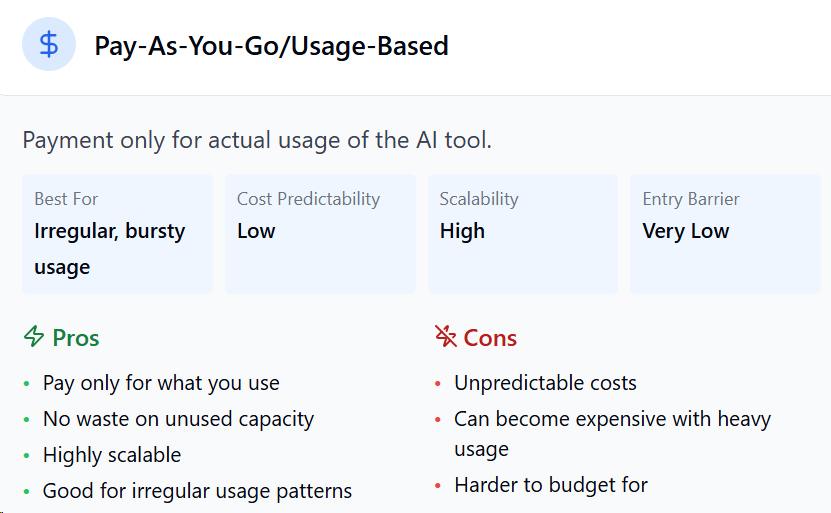
4. Token-Based Pricing
What it is: Charges based on tokens, which are the units AI language models process (roughly 4 characters per token).
How it works: Users purchase tokens or token packages and spend them on AI interactions.
Key aspects:
- Input tokens (what you send to the AI)
- Output tokens (what the AI generates)
- Different models have different token costs
- Bulk token purchases often come with discounts
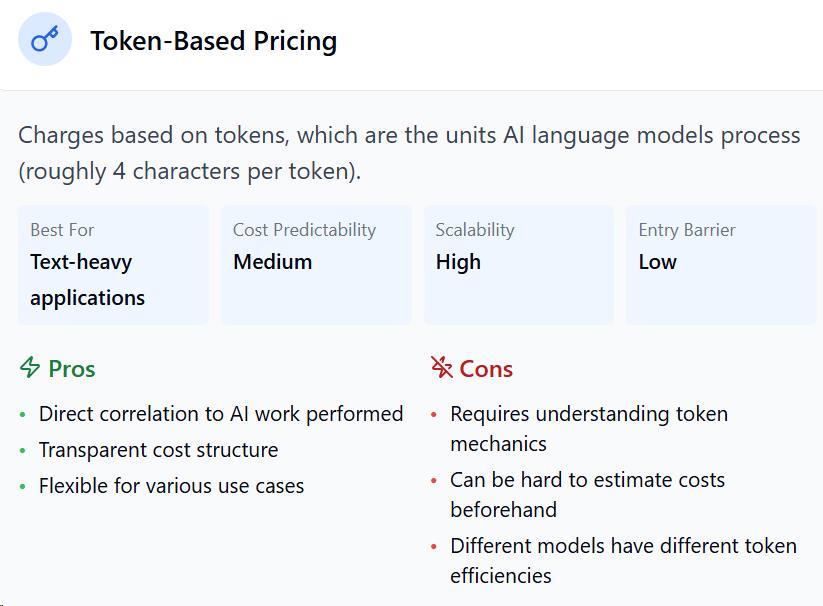
5. API Call Pricing
What it is: Charges based on the number of times you access the AI through programming interfaces.
How it works: Each request to the AI service counts as an API call with associated costs.
Typical structures:
- Tiered pricing (first 1,000 calls at $X, next 10,000 at $Y)
- Volume discounts
- Different rates for different API endpoints
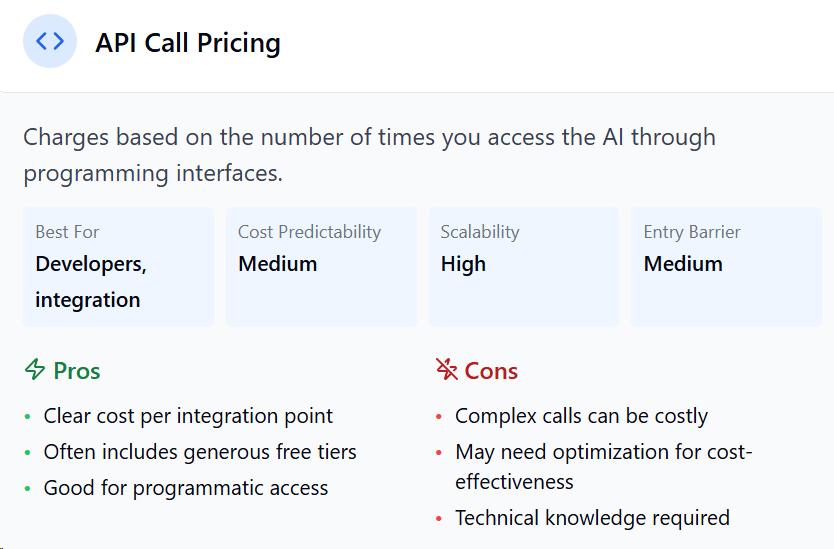
6. Hybrid Models
What it is: Combinations of the above pricing approaches.
How it works: Multiple pricing factors apply simultaneously.
Common combinations:
- Subscription + usage limits
- Free tier + pay-as-you-go for overages
- Subscription + token packages
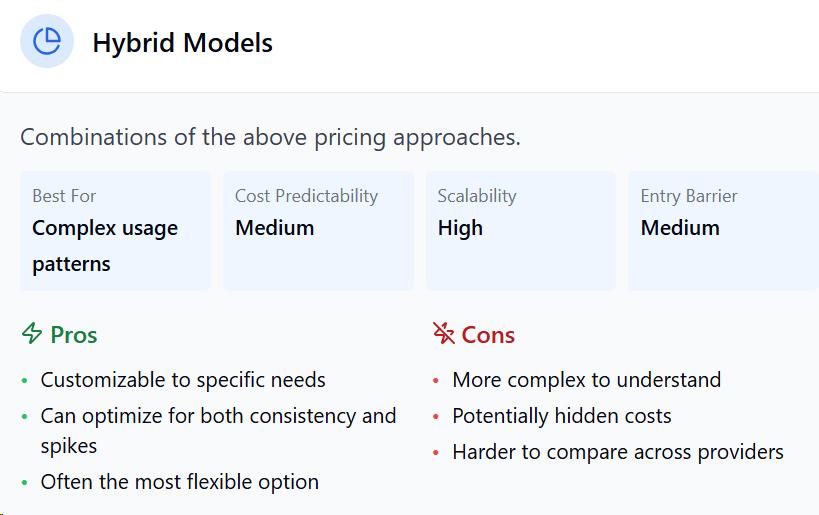
Pros and Cons Analysis
Free Tier with Limitations
Pros:
- No financial commitment
- Try before you buy
- Sufficient for casual users
Cons:
- Significant feature restrictions
- Often includes watermarks
- May have quality limitations
- Typically no priority support
Subscription-Based
Pros:
- Predictable monthly costs
- Usually includes premium features
- Often comes with priority support
- Simpler budgeting
Cons:
- Pay regardless of actual usage
- Can be expensive for light users
- May still have usage caps
Pay-As-You-Go/Usage-Based
Pros:
- Pay only for what you use
- No waste on unused capacity
- Highly scalable
- Good for irregular usage patterns
Cons:
- Unpredictable costs
- Can become expensive with heavy usage
- Harder to budget for
Token-Based Pricing
Pros:
- Direct correlation to AI work performed
- Transparent cost structure
- Flexible for various use cases
Cons:
- Requires understanding token mechanics
- Can be hard to estimate costs beforehand
- Different models have different token efficiencies
API Call Pricing
Pros:
- Clear cost per integration point
- Often includes generous free tiers
- Good for programmatic access
Cons:
- Complex calls can be costly
- May need optimization for cost-effectiveness
- Technical knowledge required
Hybrid Models
Pros:
- Customizable to specific needs
- Can optimize for both consistency and spikes
- Often the most flexible option
Cons:
- More complex to understand
- Potentially hidden costs
- Harder to compare across providers
Popular AI Tools and Their Pricing Approaches
1. OpenAI (ChatGPT/GPT-4)
- Free tier with basic model access
- Subscription for premium model access ($20/month)
- Token-based API pricing
- Different rates for different models
- Volume discounts available
2. Midjourney
- Subscription-only model
- Tiered based on image generation capacity
- No free tier (except for brief trial)
- Ranges from $10-60/month
3. Google AI/Bard
- Free tier with basic functionality
- Premium features with Google One subscription
- API access with pay-as-you-go pricing
4. Anthropic Claude
- Free tier with basic model access
- Token-based API pricing
- Enterprise plans with custom pricing
- Volume discounts for high usage
5. Jasper AI
- Subscription-based model
- Tiered by word count and features
- Starting around $49/month
- No free tier (trial only)
How to Choose the Right Pricing Model for Your Needs
Ask Yourself These Questions:
- How frequently will you use the AI tool?
- Is your usage pattern steady or sporadic?
- What’s your monthly budget?
- How much do you need to scale usage up or down?
- Are you integrating AI into other systems?
- Do you need guaranteed availability?
- What specific features do you require?
Quick Decision Matrix
For occasional personal use:
- Start with free tiers
- Consider pay-as-you-go for specific needs
For small businesses with regular needs:
- Subscription models provide predictability
- Look for annual discounts
For developers integrating AI:
- API call or token-based pricing offers flexibility
- Check for developer-friendly pricing tiers
For enterprise usage:
- Hybrid models with custom agreements
- Negotiate volume discounts
- Prioritize service level agreements
Future Trends in AI Tool Pricing
- More granular pricing based on specific AI features used
- Outcome-based pricing where you pay for results, not just usage
- Bundled AI services across multiple tools and platforms
- Marketplace models with dynamic pricing based on demand
- Open-source alternatives pushing commercial pricing down
Make the Right AI Pricing Choice
The ideal AI tool pricing model depends heavily on your specific needs. Consider these factors:
- Match your usage patterns to the right model
- Start small and scale as needed
- Calculate potential costs across different scenarios
- Look beyond the headline price to total cost of ownership
- Test across multiple pricing models when possible
By understanding these pricing structures, you can make informed decisions that maximize AI value while minimizing costs.
Which AI pricing model has worked best for your needs? What factors most influence your AI tool selection process?
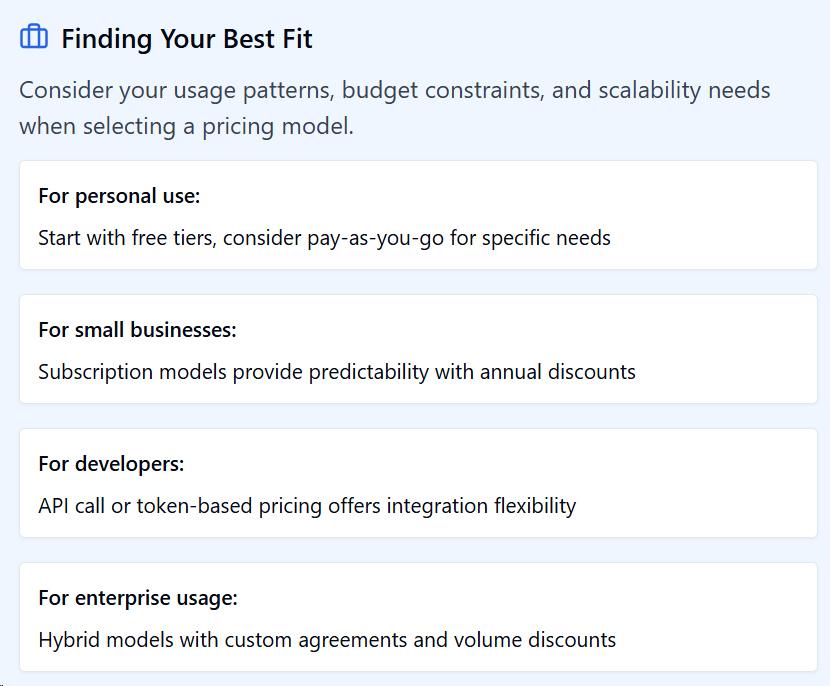
Unlock Your AI Edge — Free Content Creation Checklist
Get the exact AI-powered process to 10X your content output — blogs, emails, videos, and more — in half the time.
No fluff. No spam. Just real results with AI.

